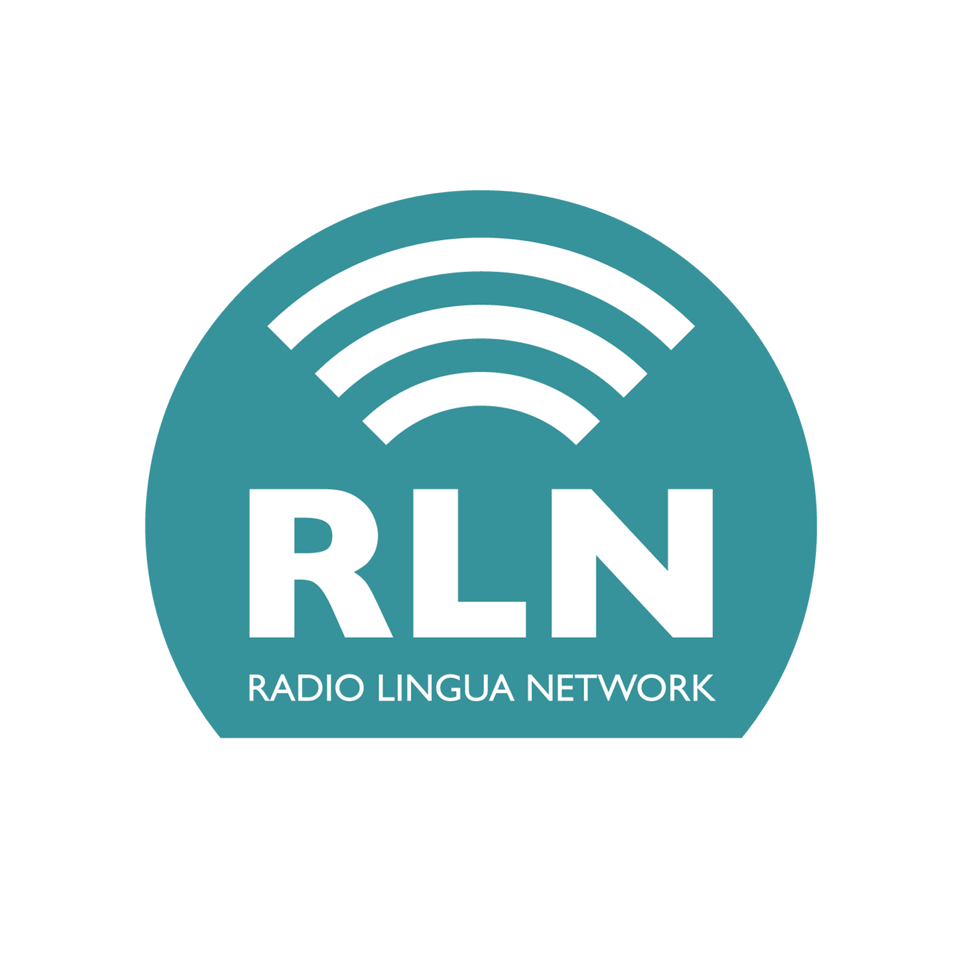There are various ways the infinitive form of verbs can be used in German: on their own as an infinitive, with zu, or with um … zu.
Remember that the infinitive form of a verb is the base form that you would find in a dictionary.
The Coffee Break German Show is a podcast series of bite-sized, friendly conversations, in which we demystify tricky German language topics. In the latest episode, Mark and Thomas discuss how to use the infinitive form of verbs in German sentences.
Continue reading to find out more and why not listen to the podcast as you go?
How do you use the infinitive in German?
Using the correct form of verbs in German will ensure that you are understood. There are several occasions when you would want to use the verb in the infinitive, but what are they?
There are three ways to use the infinitive form of verbs in sentences in German:
- Use the infinitive on its own
- Use zu + the infinitive
- Use um … zu + the infinitive
Let’s look at these one by one.
Infinitive verbs on their own
Let’s take the following verb as our example infinitive:
verbessern
to improve
This is the infinitive form on its own and it is the form you will see in a dictionary. It remains in this form, no matter what the tense is.
We would see the verb used in this form with auxiliary verbs, for example:
Wir werden unser Deutsch verbessern.
We will improve our German.
You also see this when the infinitive form of a verb is combined with a modal verb. They don’t require a zu clause, as they operate as auxiliary verbs combined with an infinitive. For example:
Wir müssen üben.
We have to practise.
The infinitive with ‘zu’
Sometimes when the infinitive form of the verb is in a sentence, we need zu with the infinitive. Here are some examples:
Wir vergessen jedes mal, die Fenster zu schließen.
We forget to close the windows every time.
Du hast mir versprochen, dein Zimmer aufzuräumen.
You promised me that you would tidy your room.
Er freut sich dich wieder zu sehen.
He is looking forward to seeing you again.
In the podcast episode, Thomas points out that in these sentences there is usually a comma separating the two parts of the sentence – the part containing the zu + infinitive is in a “separate clause” from the main clause.
A great way to think about this is that the sentences that need zu with the infinitive ask “what?”.
From the examples above, think about the question “what did we forget?”, “what did you promise?”, and “what is he looking forward to?”. The answer always involves “to…”, so in the above examples, the answers will be “to close the windows”, “to tidy the room”, and “to see you again”.
Sentences with ‘um … zu’
If the zu + infinitive construction answers the question “what?”, the um … zu + infinitive construction answers the question “why?” or “for what purpose?”. This construction is often translated as “in order to” in English. Let’s look at some examples:
Sie fahren nach München, um ihre Oma zu besuchen.
They are travelling to Munich to see their granny.
Ich gehe Tomaten kaufen, um einen Salat zu machen.
I am going to buy tomatoes to make a salad.
Note that there is a comma between the two parts of the sentence, just as we saw with the zu + infinitive construction.
‘Zu’ and ‘um … zu’ combined
In the episode, Thomas points out that both zu + infinitive and um … zu + infinitive can appear in one sentence. For example:
Heute lernen wir, Infinitivsätze zu benutzen, um unser Deutsch noch zu verbessern.
Today, we are learning to use infinitive sentences to improve our German.
Morgen werden wir noch mehr Infinitivsätze benutzen, um unser Deutsch noch mehr zu verbessern.
Tomorrow, we will use even more infinitive sentences to improve our German even more.
In conclusion

We hope this has helped you become more confident in knowing when to use the infinitive in your German conversations.
Don’t be afraid to make mistakes – it’s all part of the language-learning journey and the more you practise using these constructions in German, the more natural they will become.
If you found this post interesting, make sure to listen to the full episode with Mark and Thomas on The Coffee Break German Show. This is the series in which we look at a range of topics for German learners, so make sure to subscribe to our podcast feed and our channel on YouTube.
Plus! To get regular free German lessons in your inbox, you can sign up for our short (coffee-break-sized) email lessons that will help you improve your German. You will also hear from Mark, the founder of Coffee Break Languages, giving advice for language learners at any level. Sign up below!
Happy Coffee Breaking!



